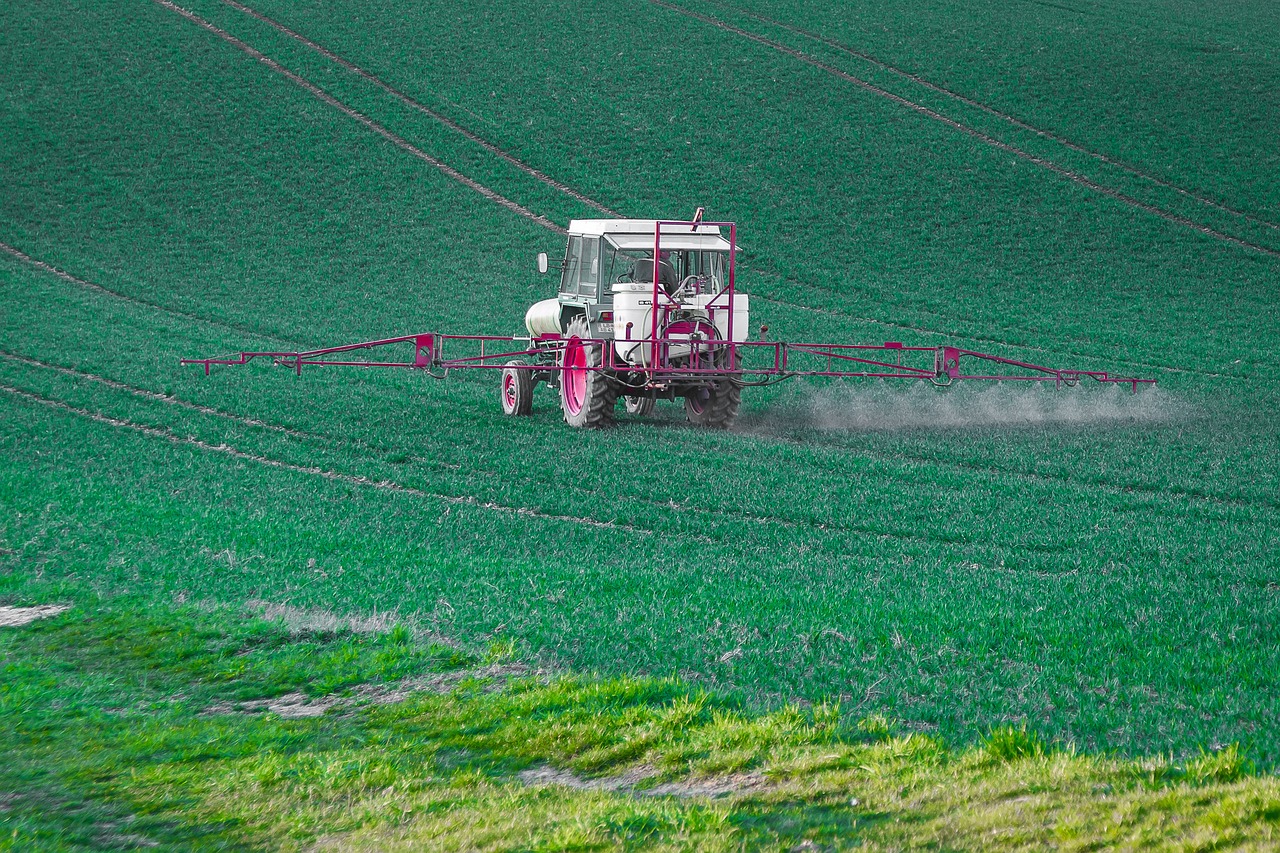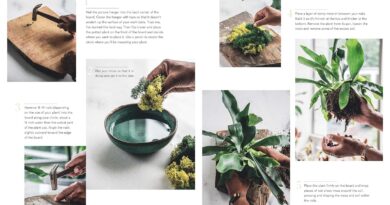Pest Control
Preventing insects and mites from damaging your trees and shrubs
By Michael Allen
In this day and age, gardeners are searching for organic approaches to controlling insects and pests on their trees and shrubs. Having been involved with assessing tree and shrub problems for over 45 years, pest control questions top the list of most asked questions. Here are some tips.
Being able to identify problematic pests is key to understanding how to properly control them.
Aphids
One of the most destructive group of pests, especially on the early leaves of most of our shrubs such as dogwood and cranberries, are aphids. Aphids usually show up in the early spring just as the new leaves are developing.
How do you know if you have an aphid infestation? Aphids first appear as wingless nymphs on the undersides of newly developing leaves. As most gardeners know, aphid feeding results in the distortion and even death of the leaves. The best organic control is to wash off the aphids before they have developed their wings. Take your hose and wash the undersides of the leaves with a water spray. Do this at least every two days for the next two to three weeks starting in mid-April. Since the young aphids are wingless, they simply fall to the ground when the water spray hits them and perish.
Using a ‘bug blaster’ designed for spraying concentrated water under the leaves will help your effort. Do this daily, if you can, as one aphid could potentially produce a new colony of aphids. Insecticidal soap and neem oil will also work control this pest, especially on the adults. Lady bugs both in their familiar adult phase and in their unusual larval stage thrive on aphids. Lady bugs should be encouraged in your garden by growing plants that attract them such as tansy, angelica, scented geranium and cosmos to name a few.
Canker worms
Much has been written on canker worm pest control. I won’t go into details here. The best environmental control seems to be spraying with Btk which is poisonous to most caterpillars in the spring.
Mites
There are instances when pests and disease come together to make growth totally miserable for the plant. From my experience, European cranberry shrubs have more pest and disease problems than almost any other woody plant. This is a serious ornamental issue. Gall mites are significant problems for cranberry shrubs as well as for maple trees. All woody shrubs and trees, however, have mite problems. Illustrated is a leaf infested with cranberry erineum gall mites. The infected leaf surface is red and deformed with a soft texture. The plant is not killed but individual leaves usually die when heavily infested.
I am constantly being asked about the red spherical ‘bumps’ on maple leaves. These harmless galls are produced by maple gall mites. Treatment is not necessary. The galls are produced by the injection of fluids from mites that stimulate abnormal plant cell growth. The abnormal growth envelopes their bodies forming an enclosed ‘home’ that is referred to as a ‘gall’. If you wish to control mites on any plant, spray the plant with dormant oil or lime sulfur just before the buds open in the spring.
Fertilization
In certain instances pest problems can be made worse and difficult to control, or the resistance of woody plants can be significantly reduced by fertilizing too often, or applying fertilizers at the wrong time of the year. Over use of fertilizers can actually enhance the production of certain soil pests. It is always advisable to treat pests and diseases before embarking on an extensive fertilizing program. Pests that may be affected by inappropriate fertilization are spider mites, aphids, scales, adelgids and occasional caterpillars such as spruce bud worms. Fall fertilization is usually recommended because the activity of serious tree pests is much reduced at this time of year.
Spruce and pine trees growing on clay loam soils, in my experience, are adversely affected by low soil nutrient levels. Pest activity as previously described, is enhanced with insufficient quantities of appropriate nutrient levels in the soil. Needle colour will not be a healthy green except those needles growing near the tops of the tree; and more likely their colour will be a straw yellow or grey yellow. Green needle evergreen conifers need well-drained soils with adequate quantities of nitrate, phosphate, sulfate and iron oxide nutrients.
How do you know if the fertilization levels in your soil are either inadequate or excessive? Unless you get your soil tested by an appropriate lab, you generally do not know. There are soil testing kits available you can use. Coniferous evergreen trees such as spruce, fir and pine require lighter well drained soils consisting of fine sandy loams, or even sands or gravelly soils.
Maples tend to be excellent indicators of appropriate soil nutrients in their rooting systems. Inadequate nitrate and iron oxide will prematurely turn the leaves of many maples yellow during the summer months. This can be prominently displayed in silver maple and Amur maple leaves where low levels of soil iron oxide and nitrates take on a spectacular effect by producing bright yellow leaves. The leaves quickly wither producing leaf browning either as spots or along the edges or both. They usually become diseased and die.
Vertical mulching
Vertical mulching is an ideal technique for rejuvenating older trees. Vertical mulching is a method used to alleviate, to a certain degree, soil compaction within the critical root zones of trees. Compaction reduces air and microscopic water in the fine tree roots causing a significantly reduced ability of the tree to access needed soil, air and water. Under these conditions the tree’s ability to access soil nutrients is also significantly reduced.
Vertical mulching will also lessen damage due to excessive water, preserve necessary aeration during wet periods, allow sub-soil water penetration during dry periods, and promote the formation of fine feeder roots.
To vertically mulch your tree, power auger or drill holes two to three inches wide, and about eight inches deep in clay loam soils. Space the holes 12 to 20 inches apart under the affected trees starting at about eight feet from the trunk. Continue the holes out toward the edge or beyond the branches corresponding to a total distance of about half the tree height from the trunk. Fill holes with a mixture of pea gravel, or sand, or a mixture of compost with pea gravel or sand. A layer of three to four inches of good quality organic mulch, such as aged wood chips, composted leaves, or decomposed straw spread evenly over the entire critical root zone will also help trees, especially those in a forest environment.
So you see, chemical solutions need not be the first line of defense. Simpler, organic, more Earth friendly solutions are available, preferable and effective. h
Further information can be obtained by contacting Michael Allen by e-mail: viburnumtrees@shaw.ca
Michael Allen M.Sc.F,. RPF (ret.) is a consulting urban forester, tree diagnostician, certified arborist and owner of Vibernum Tree Experts. He can be contacted at treeexperts.mb.ca.






